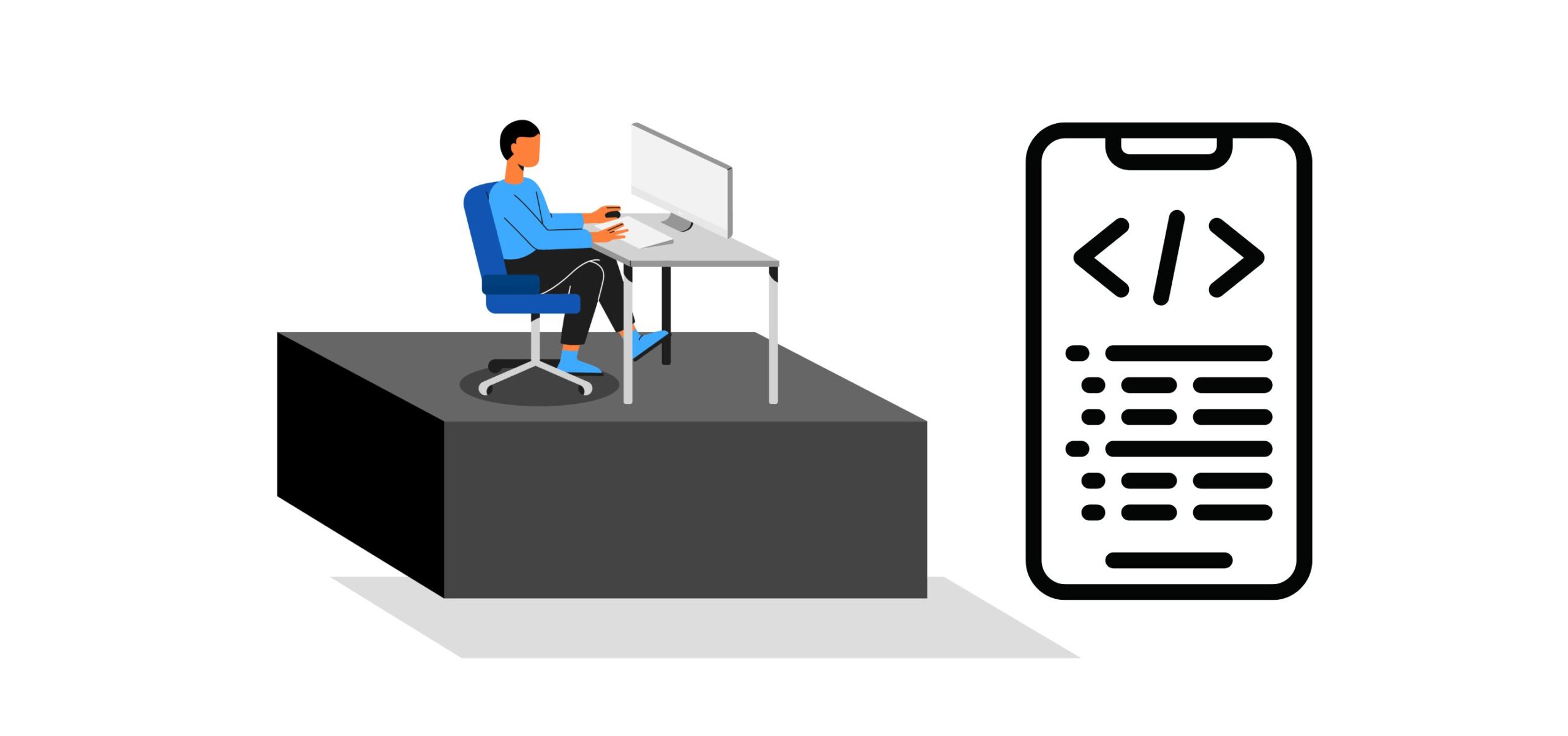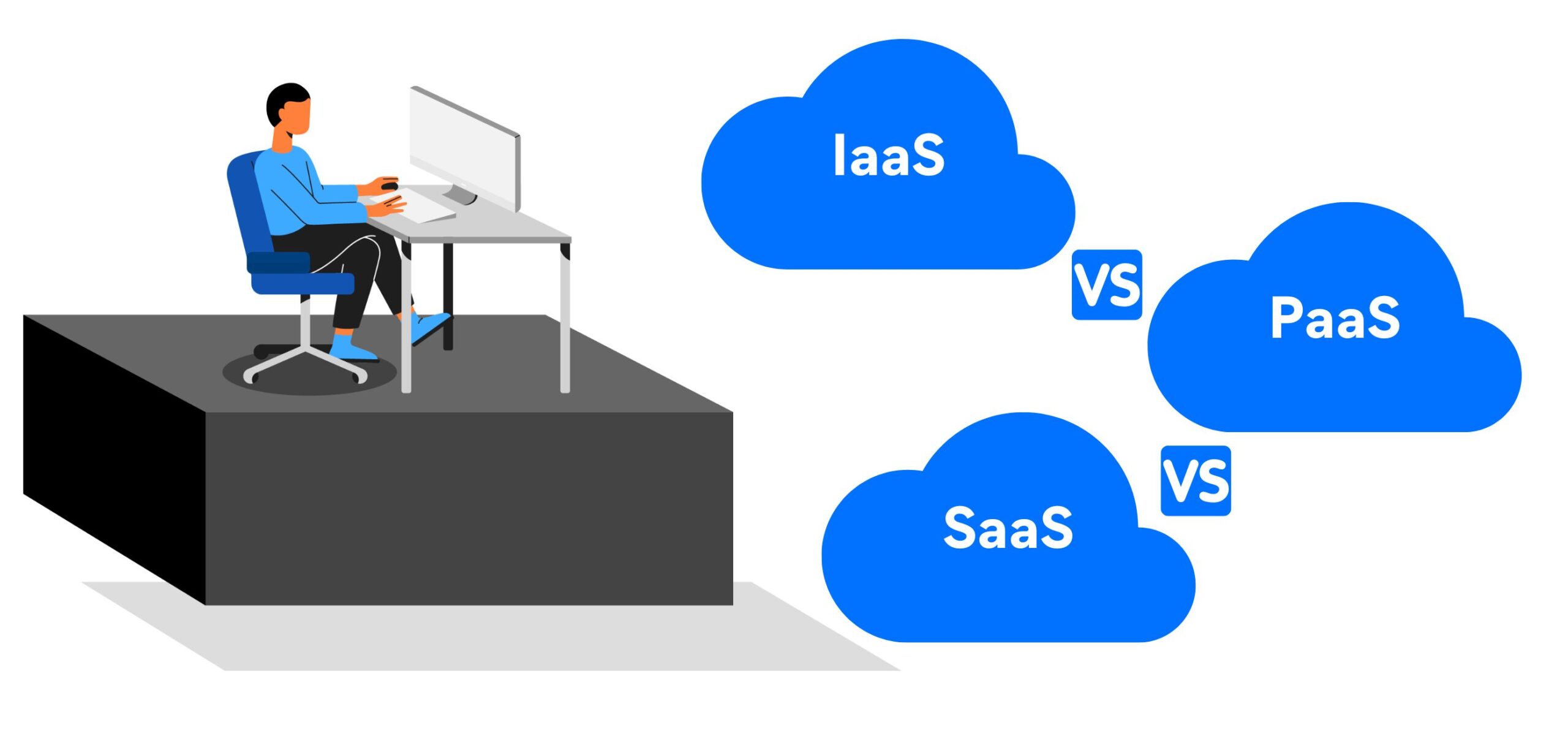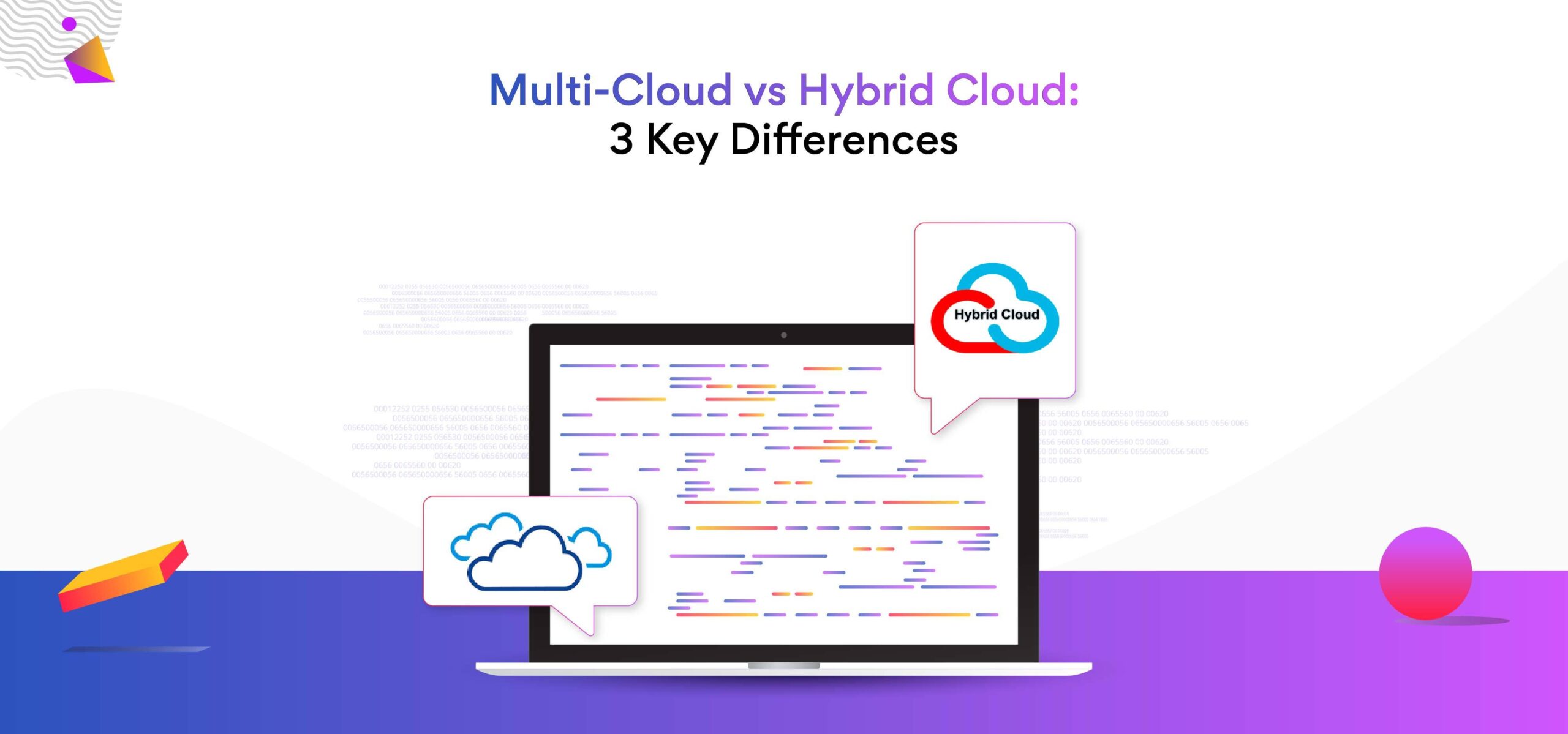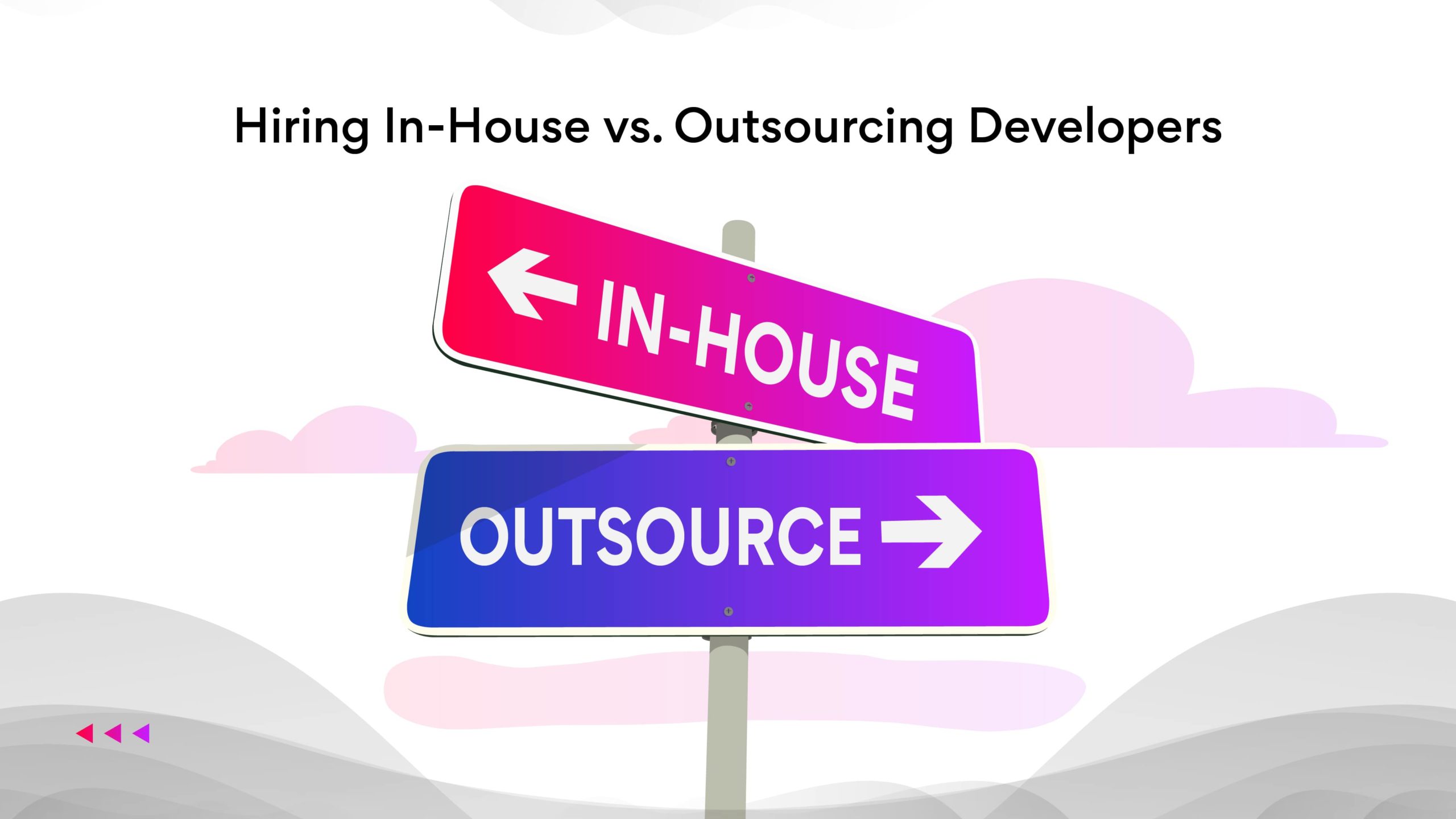How To Build a Software Development Team Structure
Whether you want to build a scalable mobile application, a customized software application for your in-house team, or a sophisticated cloud service, you will need an efficient software development team to bring your idea to life.
An efficient software development team can deliver valuable software solutions within the decided timeframe.
This post will help you understand the different approaches to building a software development team.
Define Your Software Development Team Structure
There are three primary software development team structures: Generalist, Specialist, and Hybrid. Let’s look at what these terms stand for and the pros and cons of employing these software development team structures.
Generalist Software Development Team Structure
A generalist software development team includes remote software engineers familiar with various specializations.
Generalists usually wear several hats and have a diverse range of skillsets. For example, your remote software engineer could be familiar with UX designing and testing your software product. Or your Project Managers can be skilled in performing code reviews.
Pros of the generalist approach:
- Your entire software development team will understand the product to work on different aspects of a single project efficiently. In addition, this approach allows them to work faster as a team and face fewer blockers.
- The entire team can brainstorm and present different perspectives for a problem and work together to find an effective solution.
Cons of the generalist approach:
- While working on a project, some tasks may be new to them. As a result, finishing these tasks may take longer than necessary.
- You may have to onboard someone new in the middle of the project since your generalist software development team may not have the knowledge needed for a specific task.
Suppose you don’t have a large company. In that case, it makes sense to adopt a generalist structure and nurture your remote software engineers to gain extensive knowledge in as many fields as possible.
Specialist Software Development Team Structure
A specialist software development team has members who are individually skilled at one core technology, language, or framework.
They are experts at what they do and are fully responsible for their part in the development process.
Depending on the scope of work, the software development team can have an internal hierarchy or structure to complete different parts of a project.
Pros of a specialist approach:
- Specialists have an in-depth understanding of their specialization. This approach allows the software development team to perfect each part of the project separately.
- The responsibilities are clearly defined.
- Since each specialist can work on their particular element simultaneously, the development process is faster.
- Specialists don’t need much supervision and work independently. This independence ensures that your software development team is entirely self-sufficient.
Cons of a specialist approach:
- Specialists don’t have much knowledge about other team roles. This caveat increases the risk of communication because of a general lack of understanding of some tasks.
- If a developer has to work on other tasks, they will need to learn about certain project parts anew.
You can employ a specialist software development team structure if your projects have a larger scope of work or if you’re working on a tight schedule.
You can also go for this approach if you have to work on several projects simultaneously.
Hybrid Software Development Team Structure
Just as the name suggests, a hybrid software development team has the best of both worlds. It has generalists who can focus on the project as a whole and specialists who can narrow down their focus as required.
Pros of a hybrid approach:
- The efficiency and performance are better than the other approaches because of a hybrid software development team’s flexibility.
- It reduces the drawbacks of both the approaches mentioned above.
Cons of a hybrid approach:
- Because the hybrid approach has a lot of variables, it needs variable supervision techniques. This requirement makes coordination tricky.
- A hybrid approach is relatively expensive and time-consuming to implement.
A hybrid software development team is multi-purpose. Therefore, building a hybrid team will be highly beneficial for complex and challenging projects if you have the budget and time.
Key software development positions
A software development team doesn’t just comprise remote software engineers. Here is a list of other positions in a software development team.
Business Analyst (BA)
A business analyst processes business goals and transforms them into something specific and tangible. They consult with stakeholders, listen to their concerns and opinions, define the market’s demands, and develop an efficient solution.
Project Manager (PM)

Project Manager
The project manager is in charge of the planning and execution of the software development process. In simple terms, they are responsible for getting things done and ensuring the project moves in the right direction.
They mediate between the software development team and the business stakeholders, ensuring things progress smoothly.
They keep the whole team on track by overseeing the entire process, delegating tasks to the team, and preventing workflow disruptions.
UI/UX Designer

UI/UX Designer
In a nutshell, their primary responsibility is building an intuitive design that makes it effortless for end-users to interact with your product.
A UI designer focuses on the aesthetics of your product. This focus includes things like deciding the suitable color scheme, designing the logo for your software solution, navigation icons, and more.
A UX designer analyzes user behavior and builds prototypes that improve the product’s user experience.
Developers (Front-end/ Back-end)
Developers work towards building the best software solutions and resolving any technical glitches that the team may encounter during the development process.
A software development team usually has front-end and back-end developers. You can also hire full-stack developers who are skilled in various coding languages.
Front-end developers focus on the user-end elements of the software solution and ensure that the users can interact seamlessly with your product. Typically, their responsibilities include aspects like developing the user interface and optimizing the speed of the product.
Back-end developers build and maintain the technology required to power the components created by the front-end developers. They are mainly responsible for the functionality of your product and deal with the server end of the programming to ensure the software runs without any technical glitches.
Quality Assurance Engineer (QA)
A quality assurance engineer is a critical part of your software development team because they test the quality of your product and detect any bugs before releasing it into the market.
They test the quality of the software against standards like maintainability, performance, usability, functionality, and security and ensure the product works as intended.
Building a new remote software development team? Turing can help. Turing Teams enable you to build dedicated teams with the right engineering and managerial talent for your success. Also, with Turing Teams, you can hire vetted Silicon Valley-caliber software developers across 100+ technologies like React, Swift, Kotlin, Java, AWS, Python, Ruby, etc.
Summary
Businesses don’t just need a brilliant product idea; they need an agile development team to execute their ideas to excel in today’s ultra-competitive business environment.
Now that you understand the different software development team structures, you can pick the right one for your business and hire the right people to fill these roles.
If you’re looking for skilled and experienced software developers to join your agile team, Turing can help!
Turing is a deep jobs platform for businesses to source and recruit skilled remote software developers. You can leverage Turing’s tried-and-tested vetting process to find qualified remote developers.
With Turing, you’ll have access to a global talent pool of the top 1% of 1M senior developers with strong technical and communication skills who can work according to your requirements.
Tell us the skills you need and we'll find the best developer for you in days, not weeks.












